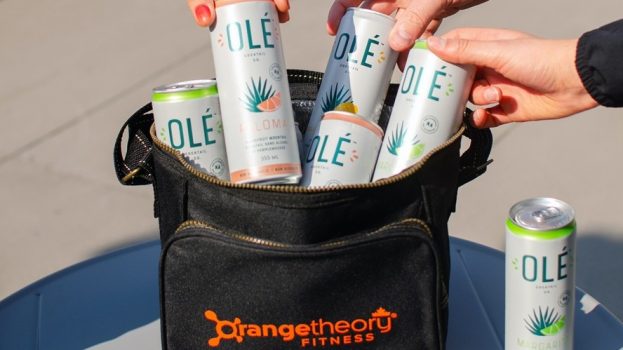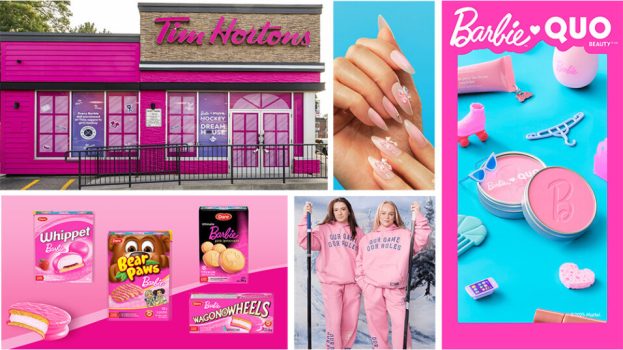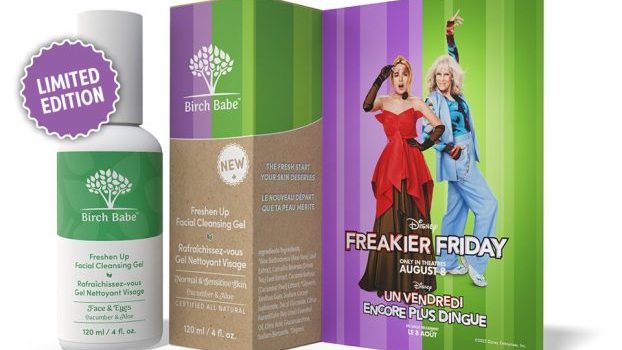By Paul Reilly
It would be reckless for a non-tech expert to forecast how wearable tech will evolve over the short term. We either imagine a Star Trek utopia or we dismiss the whole thing as a waste of time (“Fitbit? Getting fat is nature’s activity tracker.”) But we marketers can prepare ourselves to evaluate opportunities as they present themselves and also to invest wisely in applications that truly add value to our brands.
There are some basic brand strategies that are likely to apply to wearable tech regardless of how it develops. The smartphone experience provides guideposts. You know, The Year of Mobile was announced annually through the mid 2000s and we’re in the same sort of era for wearable tech now. It’s still imminent. This is a good time to get our heads around it. We learned from mobile that brands who fell behind didn’t always avoid the mistakes of the early adopters; they just made the mistakes later.
Mobile experience taught us the world isn’t really interested in your brand’s free knock-off of a popular game. No one wants Lactaid Angry Colons or Claritin Hay Day games. Don’t embarrass yourself. Anyway, diversion is not the same as engagement and doesn’t often translate into brand value. We’ve learned that functionality is the key. Health and wellness mobile apps and now wearable tech have been early successes because they can provide real value from exploiting the smartphone/wearable accelerometer feature. It’s easier to imagine all the wearable tech applications for a Nike or a Gatorade than it is for Pepsi Next or M&M’s. A Gatorade-Nike shirt might capture and provide feedback on the amount of sweat, its contents, heart rate, etc. – all the things that can be measured because the shirt’s clinging to your heaving back. But snacks and candy aren’t well served by telling you how many times your arm went from the bag to your mouth. It’s still best that we’re surprised when the bag’s empty.
Businesses have learned through the mobile era how to capture and make useful the data their activity throws off through normal operations. Airlines have begun to share flight information that helps us save time and stress by alerting us to changes in schedules. Maybe they’ll use your wearable to tell you you’re heading to the wrong gate or that while you may be in Montreal your bag seems to be in Vienna. Shoppers Drug Mart may tell you that you’ve sailed through the checkout at three stores this month (automatically paying for your prescriptions probably) and that you might find it convenient for them to shift all the prescriptions to one store. For data-capturing brands, wearable tech will be the trifecta of product features: it adds retail value, adds distinction and creates loyalty.
But what about those brands that don’t use or create data – like housewares, most food and drink or fashion? This is where brand strategy is tested and where we have to think a bit harder to identify whether wearable tech can help. Take Quaker Oats. If its higher order benefit is good energy to get you through your day then it’s not hard to work from that to find a link between it and possible wearable tech applications – say a monitor that measures daily activity. Does Quaker introduce a competitor to the dozen accelerometer bracelets? No, of course not. It has other options. It could conduct a study using any or all activity trackers to illustrate the sustained energy boost from starting the day with a bowl of Quaker Oats versus a sugary cereal or a piece of toast. The tech could provide the data underlying a campaign about its useful energy. And it’s not hard to imagine how creative marketers could take that data set and translate it into a stream of interesting branded content.
The other way for brands to identify wearable tech applications is to start with moments in the target person’s life when wearable tech might be of use – and then evaluate those moments for brand linkage. Say your client was Rotman School of Management and you were trying to distinguish it from the many competitive business schools. You would identify moments when career success could be enhanced through wearable tech. Rotman graduated me as an MBA a hundred years ago, theoretically brimming with everything I needed for success. And yet being able to remember anyone’s name is apparently not one of those skills. And so, I, as a graduate with this appalling social deficiency would benefit from the tech version of those only-in-the-movies personal assistants who whispers into my ear as someone approaches: “That’s Kate Howard, president of XYZ, her son Ryan interned with us in 2013 and downloaded all that porn.” I’d wear Google Glass for that. Maybe Rotman could include in its $91,000 tuition a Rotman-branded Android app that discreetly provides graduates with career-boosting facial recognition for the rest of their business lives.
Wearable tech seems a bit like CRM. The data-producing brands for which it’s a natural fit will lead, and the rest will have to be very disciplined in assessing how it truly provides value.
 Paul Reilly is executive managing director, BBDO
Paul Reilly is executive managing director, BBDO
Want more from Reilly? Check out his thoughts on emotion, and why you’re doing it wrong.
























